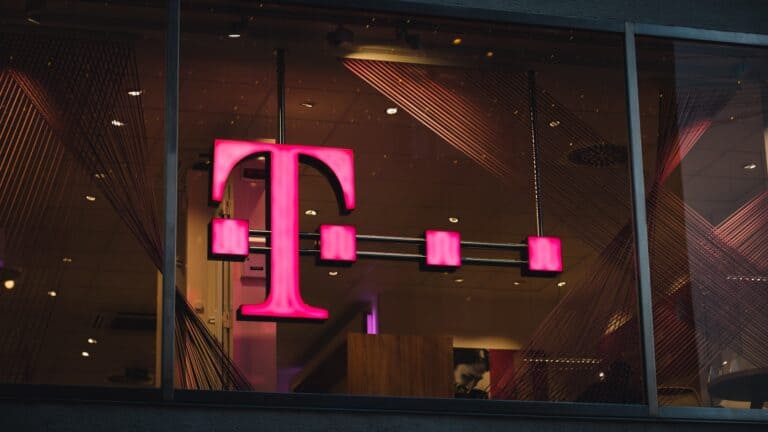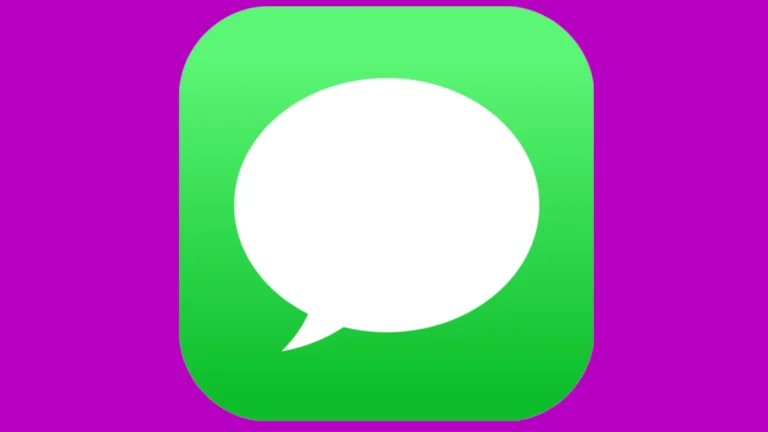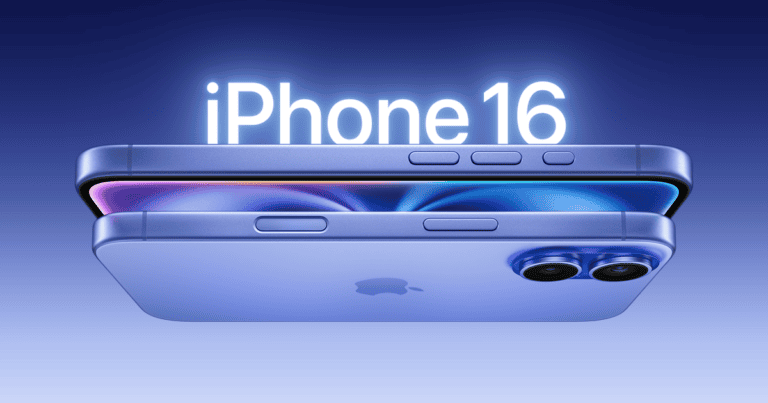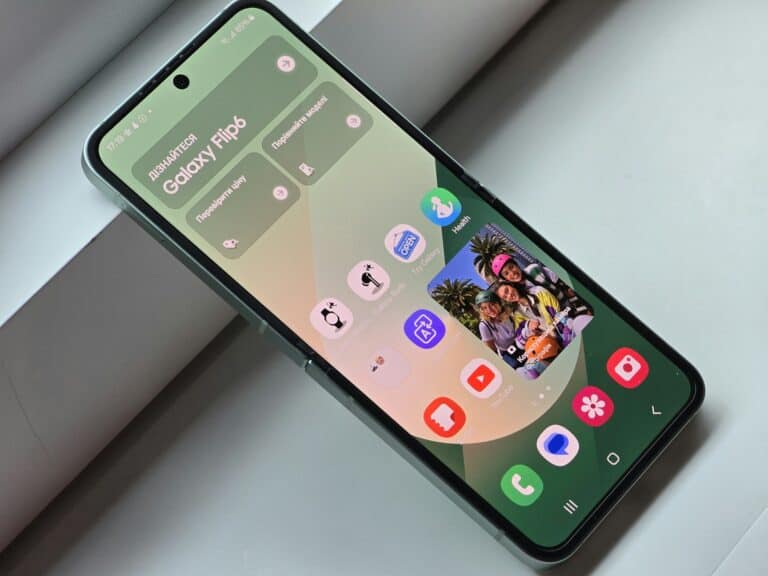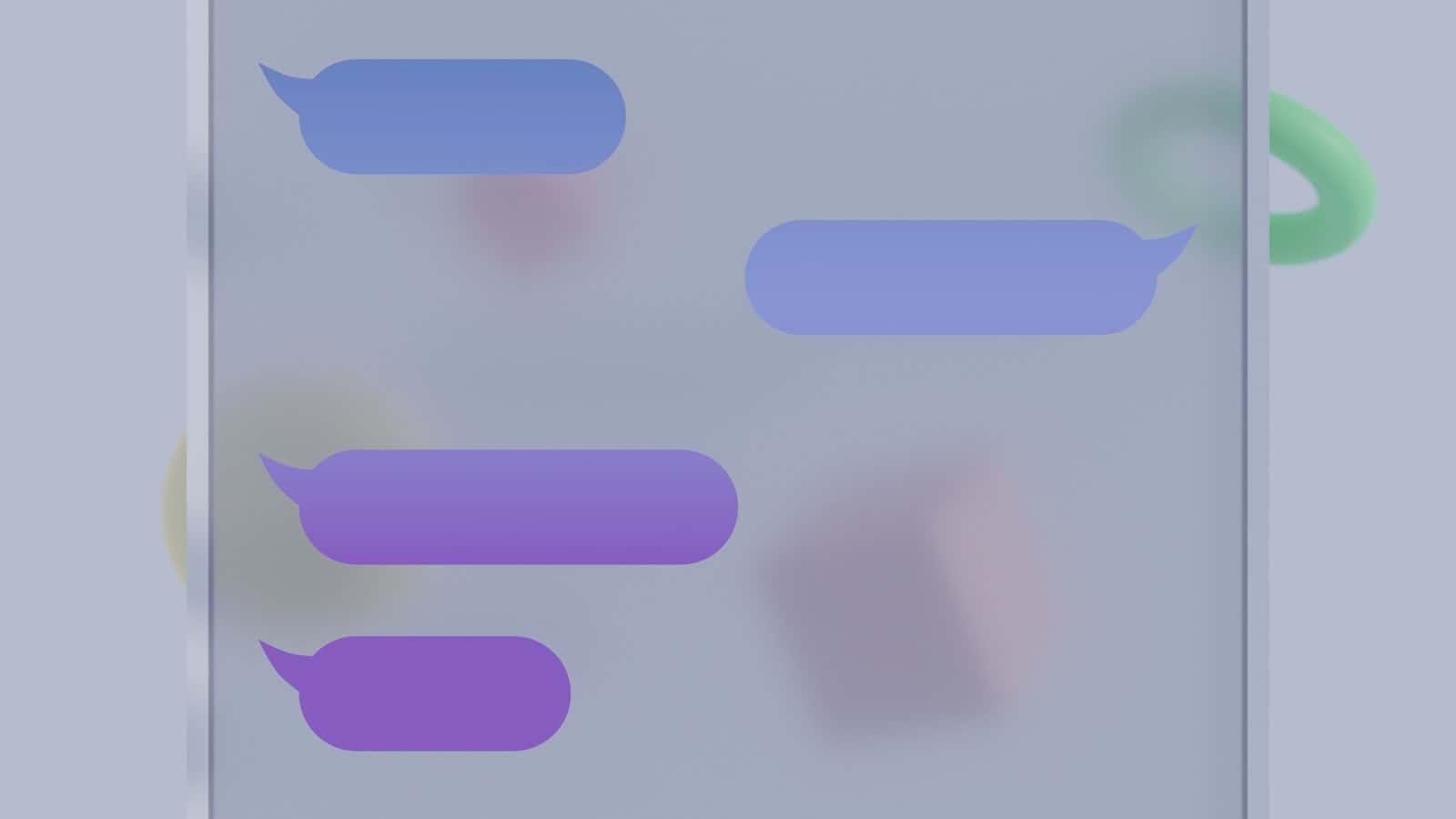
Dealing with communication challenges can be frustrating, especially when your messages aren’t being delivered. When someone blocks you on iMessage, your texts appear blue for a while but never show “Delivered,” eventually switching to SMS (green bubbles). You can try sending messages through alternative methods like changing your caller ID in iPhone settings or using apps like Google Voice, TextFree, or TextMe that provide different phone numbers for texting.
Before attempting to contact someone who has blocked you, consider why they might have done so. Sometimes people need space or boundaries. While technical workarounds exist, respecting others’ privacy should always be your priority. The methods described in this article should be used responsibly and only when absolutely necessary.
Understanding How Blocking Works on iMessage
Before trying to find ways around being blocked, it’s important to understand what blocking on iMessage actually does. When someone blocks you, your iMessages won’t be delivered to them at all. Instead, they silently vanish — you won’t get a “Delivered” receipt, and the other person won’t see anything. You also can’t tell for sure that you’ve been blocked just by looking at the message status; Apple keeps it intentionally vague to protect user privacy.
Unlike traditional SMS, iMessage blocking is device-specific and works across all Apple devices tied to the person’s Apple ID. This means your messages won’t reach them on their iPhone, iPad, Mac, or any other Apple product.
Methods to Try If You’ve Been Blocked
While there’s no guaranteed or foolproof way to message someone who’s blocked you on iMessage, there are some alternatives you can explore depending on the situation.
1. Send a Regular SMS Message
Sometimes, if iMessage fails, your iPhone will automatically try to send the message as a standard SMS (green bubble instead of blue). However, when you’re blocked, even SMS messages often won’t go through unless the person has certain carrier settings that allow it.
Still, you can manually try:
- Open the Messages app and select the conversation.
- Type your message.
- Tap and hold the blue send arrow.
- Choose Send as Text Message from the pop-up options.
If the message sends successfully and you get a delivery receipt (depending on carrier), it might mean you weren’t blocked completely — just on iMessage.
2. Use a Different Phone Number
If your number is blocked, using a different one can allow you to reach out. This could be:
- A secondary phone you own.
- A friend’s phone (with their permission).
- A temporary number from an app that provides alternate phone numbers.
Remember to use this option respectfully. Contacting someone after being blocked could be seen as invasive depending on the situation.
3. Message Through Email (iMessage Address)
iMessage allows users to link their Apple ID email addresses to their accounts. If you know the person’s linked email, you could attempt to send a message by:
- Opening a new conversation in Messages.
- Typing their email address instead of their phone number.
- Sending your message through iMessage.
This might work if the person only blocked your phone number but still has their email available for iMessage communications.
4. Reach Out Via Other Platforms
If iMessage isn’t an option anymore, you might still be able to contact the person through:
- Social media messaging apps (like Instagram, Facebook Messenger, or Snapchat).
- Regular email.
- Other chat platforms they use.
Sometimes a short, respectful message through a different app is all that’s needed to clear up a misunderstanding or open up a conversation again.
5. Respect Their Boundaries
It’s important to recognize that if someone blocked you, they likely did so for a reason. Continuously trying to contact someone who doesn’t want communication can be viewed as harassment and could have legal consequences.
If you attempt once respectfully through an alternate method and don’t get a response, it’s best to step back and honor their wishes.
Signs You’ve Been Blocked on iMessage
Still unsure if you’ve actually been blocked? Here are a few signs:
- Your messages stay blue but never show a “Delivered” or “Read” notification.
- Calls to their number go straight to voicemail or ring once before disconnecting.
- FaceTime calls won’t go through.
- You can still send messages, but there’s no sign they’re being received.
None of these indicators are 100% definitive, but combined, they suggest a strong likelihood you’ve been blocked.
Key Takeaways
- Changing your Apple ID email address under Messages settings can bypass iMessage blocks in urgent situations.
- Third-party messaging apps provide alternative phone numbers that can reach someone who blocked your primary number.
- Respect for personal boundaries should guide all communication attempts, regardless of technical possibilities.
Understanding iMessage Blocking
Being blocked can feel frustrating, but it’s essential to handle the situation thoughtfully. Trying to bypass a block isn’t always the right move, and respecting someone’s boundaries is ultimately the healthiest and most mature approach. If communication does open up again in the future, it’ll be much more positive if it’s mutual — not forced.
When someone blocks you on iMessage, Apple’s messaging service doesn’t notify you directly. Instead, there are several subtle signs that indicate you’ve been blocked.
The most obvious clue is when your messages appear in blue bubbles (indicating iMessage) but never show “Delivered” status beneath them. This happens because messages aren’t going through to the recipient’s device.
Another indicator is when your iMessage suddenly converts to SMS (green bubbles). This can happen when the recipient has blocked you or when they’ve turned off iMessage completely.
It’s important to understand that when someone blocks you on their iPhone, the blocking is comprehensive. They won’t receive:
- Your iMessages
- Your regular SMS texts
- Your phone calls
- Your FaceTime calls
The person who blocked you can still receive voicemails, but they won’t get notifications about them.
From the blocker’s perspective, they won’t see any messages from blocked contacts. Their iPhone filters these communications automatically, creating a digital boundary.
The blocking feature on iPhones works differently than on some other platforms. When you’re blocked on iMessage, your messages will appear to send from your end, but they never reach the recipient.
This design is intentional—Apple doesn’t want to make it obvious when someone has been blocked to protect users’ privacy and boundaries.
Alternative Communication Methods
When someone blocks you on iMessage, several other communication channels remain available. These methods range from basic phone features to social media platforms that can help you reconnect with the person who blocked you.
SMS and Text Messages
While iMessage might be blocked, standard SMS text messages sometimes still work. This happens because blocking on iPhones often affects iMessage but not regular texts. To test this, turn off iMessage in your settings and send a regular text.
Another option is to use a different phone number. TextFree, Google Voice, and TextMe provide temporary numbers for texting. These services allow messages to bypass the block since they come from an unblocked number.
Email-to-text services offer another workaround. By using the recipient’s carrier-specific email gateway, messages can be delivered as texts. For example, sending to [email protected] for Verizon users.
Voicemail Options
Direct voicemail methods can be effective when other options fail. Some carriers allow leaving a voicemail without ringing the person’s phone through “voicemail drop” services.
Third-party voicemail apps enable leaving voice messages from different numbers. These applications create a new line that isn’t on the blocked list, allowing the message to go through.
Visual voicemail services offer more sophisticated options. They can schedule messages, provide delivery confirmations, and sometimes bypass blocking measures implemented by carriers.
Remember that repeatedly contacting someone who has chosen to block communications might be unwelcome. Consider whether the message truly requires immediate attention.
Using Social Media and Messaging Apps
Social platforms provide multiple communication channels. Facebook Messenger, Instagram DMs, and WhatsApp operate independently from phone blocking systems, allowing messages if you’re not blocked on these platforms specifically.
Snapchat offers temporary communication that disappears after viewing. This platform uses a different system than iMessage, so blocking rarely transfers between the two services.
Professional networks like LinkedIn might be appropriate for work-related communication when other methods are unavailable. These platforms maintain separate blocking systems from phone services.
Group chats can sometimes provide indirect contact. A mutual friend’s group conversation might include both parties, allowing for communication without directly messaging the person who blocked the sender.
Caller ID and Its Role
Caller ID plays a significant role when trying to contact someone who has blocked you on iMessage. This feature displays your phone number and sometimes your name when you call or text someone.
When someone blocks you on an iPhone, your caller ID becomes your biggest obstacle. Their device is specifically filtering communications from your identified number.
How Blocking Works with Caller ID:
- Your caller ID is added to their device’s block list
- All calls and texts from your number are automatically filtered
- Messages sent from your number won’t be delivered to their device
One way to work around a block is to change your Apple ID completely. This gives you a new digital identity that isn’t on their block list.
Another approach involves masking your caller ID. Some third-party apps and services can help modify how your contact information appears when sending messages.
It’s important to note that bypassing someone’s block raises ethical questions. The person blocked you for a reason, and respecting their boundaries is usually the best course of action.
For those with legitimate reasons to reach someone, using a different phone number is sometimes necessary. Emergency situations might warrant this approach.
Remember that continually trying to bypass blocks could potentially violate terms of service or even harassment laws in some jurisdictions.
Network Solutions
Network connectivity plays a crucial role when trying to contact someone who has blocked you on iMessage. Understanding how networks function can offer alternative pathways for message delivery.
Dealing With Network Issues
When someone blocks you on iMessage, your texts won’t go through on Apple’s system. However, network-related workarounds might help in specific situations.
Text messages may fail due to poor network connections rather than actual blocking. Before assuming someone blocked you, check your network status. Look for the “Not Delivered” red notification on messages, which could indicate either blocking or network problems.
Try toggling Airplane mode on and off to reset your connection. This simple step refreshes your device’s connection to cellular towers and might resolve delivery issues.
Switching between cellular data and Wi-Fi can sometimes bypass temporary network restrictions. Some carriers have different messaging protocols that might process messages differently when sent over their data network versus Wi-Fi.
Wi-Fi Messaging Alternatives
Wi-Fi provides additional options for reaching someone who has blocked your iMessages. These alternatives use internet connections rather than traditional SMS channels.
Users can send messages through email addresses associated with iMessage. If the person hasn’t blocked your email address in their iMessage settings, messages sent this way might still go through.
Third-party messaging apps that operate over Wi-Fi present another option. Apps like WhatsApp, Telegram, or Signal use different systems than iMessage and might not reflect the same blocking status.
Wi-Fi calling services like FaceTime audio might work even when regular calls are blocked. These operate on different protocols and sometimes bypass standard blocking measures.
Important note: While technical solutions exist, users should consider whether continuing contact is appropriate or respectful of the other person’s boundaries.
Messaging App Strategies
When someone blocks you on iMessage, several alternative messaging platforms can help you reconnect. These options range from popular social media apps to traditional text messaging services that might bypass blocking restrictions.
Leveraging WhatsApp and Facebook Messenger
WhatsApp offers a viable alternative when someone has blocked you on iMessage. To reach the person, you’ll need their phone number in your contacts list. If they haven’t blocked you on WhatsApp as well, your messages should go through normally.
Facebook Messenger provides another option for communication. This platform works independently from your phone number and uses Facebook profiles instead.
Steps to connect via Facebook Messenger:
- Search for the person’s profile on Facebook
- Click the message icon to start a conversation
- Messages will appear in their Messenger inbox
If you’re not already Facebook friends, your message might go to their “Message Requests” folder instead of their main inbox. This approach works particularly well if your relationship exists in multiple contexts beyond just phone communication.
Exploring Options on Instagram and Snapchat
Instagram Direct Messages can serve as effective communication channels when iMessage fails. Unless the person has also blocked your Instagram account, you can send them private messages through the platform.
Instagram DM benefits:
- Works over Wi-Fi or cellular data
- Allows photo and video sharing
- Message requests system gives recipients control
Snapchat offers another alternative with its unique disappearing message feature. The platform uses usernames rather than phone numbers, which might help bypass phone-based blocking.
Snapchat communication works differently from traditional messaging. Messages disappear after viewing, which can sometimes create a less confrontational environment for reestablishing contact.
Both platforms are particularly useful for reaching younger contacts who are active social media users. However, respect their boundaries if they’ve deliberately blocked communication on multiple platforms.
Switching to Traditional SMS Messages
Traditional SMS messaging provides a reliable fallback option when iMessage blocking occurs. When sending to an iPhone that has blocked you, try disabling iMessage and forcing your device to send as SMS instead.
On iPhone:
- Go to Settings
- Tap Messages
- Toggle off iMessage temporarily
This forces your message to be sent as a green bubble SMS rather than a blue iMessage. SMS messages typically bypass iMessage blocking restrictions because they use different delivery systems.
Android users have a natural advantage here, as their messages to iPhones automatically default to SMS rather than iMessage. This means that if you have access to an Android device, you might be able to reach the person who blocked you.
Remember that carriers may charge for SMS messages depending on your plan. Also, consider that repeatedly messaging someone who has explicitly blocked you might violate their boundaries and privacy wishes.
Technical Approaches to iMessage Delivery
When someone blocks you on iMessage, your messages appear to send but never show a “Delivered” status. There are technical workarounds that might help you get your message through using built-in iPhone features.
Understanding ‘Send as SMS’ Feature
The “Send as SMS” feature offers a potential solution when iMessage is blocked. This setting automatically converts iMessage texts to standard SMS when iMessage is unavailable. To enable this feature, users can go to Settings > Messages and toggle on “Send as SMS.”
This works because blocking typically only affects iMessages (blue bubbles), not regular text messages (green bubbles). When your iMessage doesn’t say “delivered”, it might mean you’re blocked, but SMS messages follow a different delivery path.
The downside is that SMS messages may incur carrier charges if not included in the user’s plan. Also, the person who blocked the sender will know who the message is from, as the phone number remains visible.
Considering Airplane Mode
Another technical approach involves manipulating the iPhone’s network connection using Airplane Mode. The process works as follows:
- Type the message in iMessage
- Turn on Airplane Mode
- Send the message (it will show a failure notification)
- Turn off Airplane Mode
This method attempts to force the message to send as SMS rather than iMessage. When the phone reconnects to the network, it may attempt to deliver the failed message via the cellular network instead of iMessage service.
Success varies depending on carrier settings and whether the recipient has completely blocked all communications. Some users report this method works because it disrupts the normal iMessage protocol and triggers the fallback SMS delivery system.
Group Chats and Their Dynamics
Group chats on iMessage can provide an unexpected way to communicate with someone who has blocked you. The group environment follows different rules than one-on-one conversations, creating potential workarounds for contact restrictions.
Creating a New Group Chat
When someone has blocked you on iMessage, creating a new group chat can sometimes bypass the block. To do this, start a fresh group conversation and include both the person who blocked you and at least one other contact. The third person acts as a bridge between you and the blocking contact.
This works because Apple’s blocking system primarily affects direct messages rather than group communications. However, be aware that this approach has limitations.
The person who blocked you will see your messages in the group, but they won’t receive notifications when you specifically send them. They might also choose to leave the group once they realize you’re included.
Always consider why you were blocked before attempting this method. Sometimes respecting someone’s boundaries is more important than finding technical workarounds.
Resolving Issues in Existing Group Chats
If you’re already in a group chat with someone who blocked you, the dynamics can be complicated. Messages you send to the group will still be visible to everyone, including the person who blocked you.
This creates an unusual situation where direct communication isn’t possible, but group communication remains intact. Some things to keep in mind:
- The blocking contact won’t receive notifications about your messages
- They can’t start new direct conversations with you
- They may choose to mute the group or leave altogether
Apple’s blocking system is designed to give users control over who can contact them directly. While group chats create exceptions, it’s important to be respectful.
If important information needs to be shared, keeping communications focused on the group’s purpose rather than directing messages at the blocking individual maintains a professional atmosphere.
Professional Advice and Tech Support
When dealing with blocked iMessage situations, getting expert guidance can save time and prevent frustration. Professional resources offer reliable solutions that general internet tips might miss.
Consulting Verified Experts
Speaking with phone carrier representatives is often the most direct approach. These professionals can explain carrier-specific policies regarding blocked numbers and potential workarounds. Apple Support technicians can also provide official guidance on iMessage limitations.
JustAnswer connects users with verified tech experts who can provide personalized solutions based on specific circumstances. These professionals typically charge a fee, but offer detailed step-by-step instructions tailored to your device model and iOS version.
Before paying for advice, be clear about what you’ve already tried. This helps experts provide more relevant solutions rather than suggesting basic steps you’ve already taken.
Seeking Help from Online Tech Support Platforms
Community forums like Apple Support Communities contain discussions where users share experiences with blocked messages. These platforms often include responses from Apple-certified technicians.
Reddit communities focused on iPhone issues frequently discuss workarounds for blocked numbers. These forums provide real-world experiences from users who have faced similar situations.
Tech support websites offer comprehensive guides about messaging apps that can bypass blocks. Sites like KrispiCall list alternative messaging applications that might help reach someone who has blocked your primary number.
When using these platforms, look for recent posts. Messaging technologies change frequently with iOS updates, making older advice potentially outdated.
Respecting Privacy and Ethical Considerations
Before attempting to contact someone who has blocked you on iMessage, it’s important to consider why they may have made this decision. Respecting another person’s boundaries is essential in all forms of communication.
If someone has chosen to block you, they likely want space or distance. Trying to bypass this block might violate their privacy wishes and potentially cause distress.
When to reconsider contacting someone:
- If the relationship ended poorly
- If they explicitly asked for no contact
- If you’re feeling angry or emotional
- If you’ve been asked to stop by authorities
People often use blocking as a form of Do Not Disturb mode for their mental health. This boundary deserves respect just like physical boundaries.
Repeatedly trying to contact someone who blocked you might be considered harassment in some situations. This could have legal consequences depending on your location and the circumstances.
Ethical alternatives to consider:
- Wait for them to reach out when ready
- Send a single, respectful message through another agreed-upon channel
- Ask a mutual friend to relay truly important information
- Focus on moving forward rather than forcing communication
Avoid using techniques that might be considered spam or harassment. Multiple messages from different numbers or platforms may cause additional distress.
Remember that everyone has the right to control their communication channels. The most considerate approach is often to respect their decision and give them the space they’ve requested.
Frequently Asked Questions
When someone blocks you on iMessage, several alternative methods and verification techniques exist for communication. The following questions address common concerns about messaging blocked contacts and understanding how iPhone blocking functions.
What alternative messaging platforms can be used if someone has blocked you on iMessage?
If you’ve been blocked on iMessage, many other messaging platforms can help you connect. Popular alternatives include WhatsApp, Facebook Messenger, Telegram, and Signal.
These apps only require the person to have the app installed—not your phone number specifically. Email also remains a viable option for sending longer messages when text communication is blocked.
Social media platforms like Instagram and Twitter also provide direct messaging features that function independently of iMessage blocking.
Is it possible to send a text via a different number to someone who has blocked you on iMessage?
Yes, using an alternative phone number can bypass an iMessage block. Services exist that allow texts to be sent from a different number.
Google Voice, TextNow, and similar services provide free phone numbers that can be used for texting. When the recipient receives a message from this new number, it won’t be filtered by their previous blocking settings.
Many users report that SMS messages may go through when iMessage is blocked, though results vary by carrier.
Are there third-party apps that allow you to message someone who has blocked your number on iPhone?
Several third-party apps can facilitate communication when standard methods fail. TextFree, Burner, and Hushed offer temporary phone numbers for texting.
These apps essentially provide a new identity that isn’t subject to previous blocks. Some services even specialize in anonymous messaging that doesn’t reveal your identity.
However, users should consider the ethical implications of using such services to circumvent someone’s expressed communication boundaries.
What steps should be taken to verify if someone has indeed blocked you on iMessage?
There are several indicators that suggest someone has blocked your number. Messages sent through iMessage will appear with a “delivered” status but never show “read.”
Calls to the person may go straight to voicemail after one ring. Despite what some believe, Apple Support indicates that blocked messages might still show as “delivered” on the sender’s device.
Another verification method involves sending a text as SMS rather than iMessage—if regular texts fail but SMS delivers, blocking may be in effect.
Can you use a burner phone or app to contact someone who has blocked you on iMessage?
Burner phones and apps provide temporary phone numbers that aren’t associated with your identity. These tools can technically bypass iMessage blocks by appearing as a new, unblocked contact.
Apps like Burner, Hushed, and CoverMe offer privacy-focused communication options. Physical burner phones purchased with prepaid plans also serve this purpose.
It’s worth noting that using alternative numbers should be approached with caution and respect for the other person’s boundaries.
How does blocking function on iMessage, and does it affect all communication channels on the iPhone?
When someone blocks a number on an iPhone, it creates a comprehensive communication barrier. The block affects calls, regular SMS texts, iMessages, and FaceTime from that specific number.
According to Apple discussions, blocking is a two-way street—you cannot text someone you’ve blocked either without unblocking them first.
Group messages including both the blocker and blocked person may still go through depending on how they’re configured. Blocking doesn’t extend to emails or third-party apps unless specifically blocked in those platforms as well.


